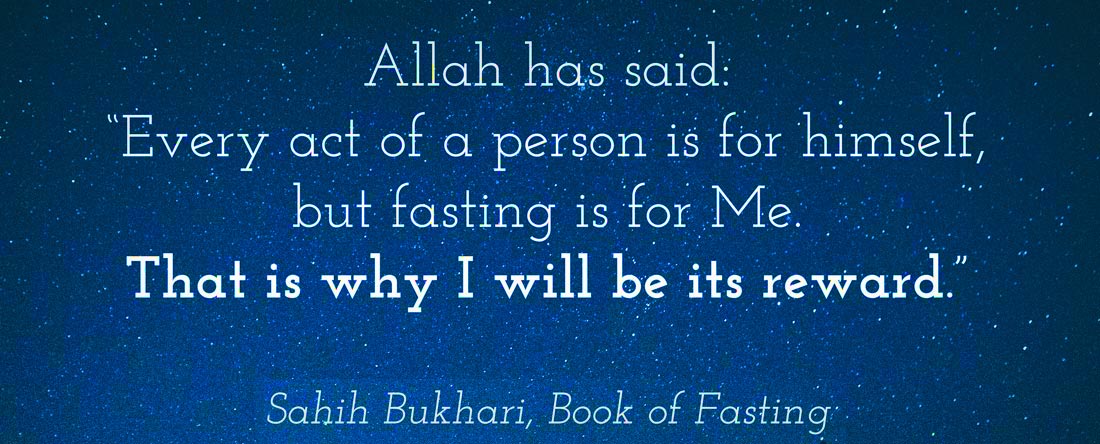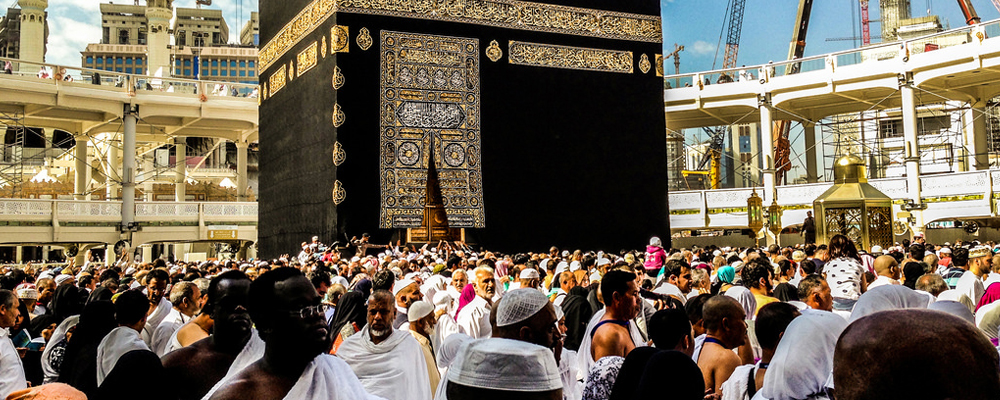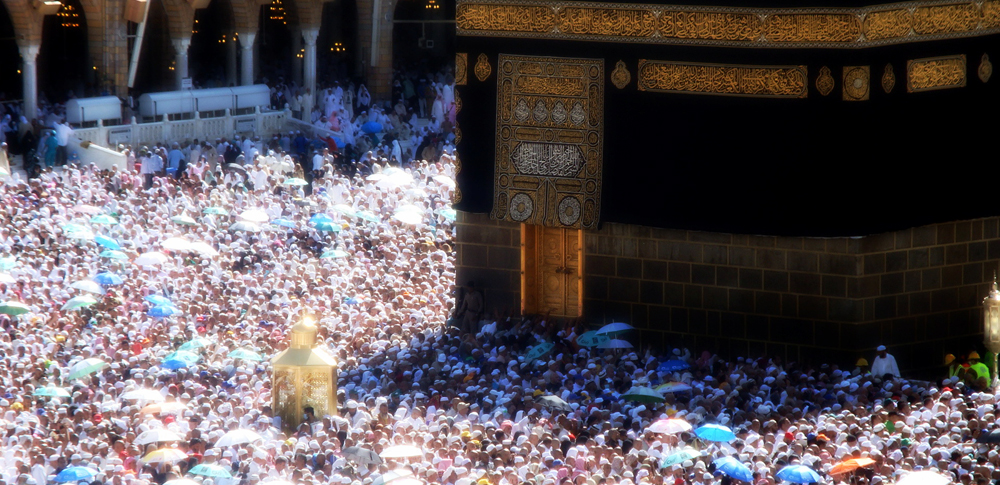Islam in Hajj
This week over 2.5 million people will gather for the Hajj in Mecca as what is easily called the largest pilgrimage gathering in the world. Adherents from every denomination of Islam will gather for an annual Islamic commemoration around the Ka’bah in Mecca, between the hills of Safa and Marwah, in ‘Arafat, Muzdalifah and in Mina, They will all be wearing the Ihram in order to remember similar pilgrimages of Abraham and Muhammad. This pilgrimage is one of the five pillars of Islam and is required for everyone who can afford to go at least once in a lifetime. It has been said the Hajj is the largest movement of people in the world, one report records 2,089,053 made the Hajj in 2014.
The Hajj remembers the journey of Abraham (Ibrahim ibn Azar) founder of all monotheistic faiths along with his son Ishmael. Abraham was ordered by God to take his wife Hagar and his infant son Ishmael to the desert of ancient Mecca. He left them in obedience to Allah in a place where there was no water and returned to Canaan. It was not long before Ishmael was dying from thirst. Hagar ran between two hills Safa and Marwah looking for any sign of water. On her seventh trip water appeared beneath her feet so Hagar and Ishmael were saved.
Abraham often visited his son at Mecca and was commanded to build Kaaba (which he did with the help of Ishmael). According to Islamic tradition in the years after Ishmael’s death, local tribes who settled the area turned to many other gods placing idols in the Kaaba and using it as their place of idolatry. Because of this, the Kaaba needed cleansing, which Muhammad was ordered to accomplish on his first Hajj in 630 A.D. Once the area was cleansed Mohammad rededicated the building and the area to Allah. He took his followers on the journey in 632 A.D. and provided them with details on how the Hajj is to be carried out.
The Quran tells the believers to “take provisions with you for the journey, but the best of provisions is God-consciousness…” (2:197). The first step of preparation for the Hajj is spiritual. In order not to carry extra burdens one must make an effort to amend wrongs done to others. A person will also need to pack for the journey, and one of the required items a person must bring is The Ihram, a unsewn white linen suit which must be worn in order to remove class distinction.
A person must also pay for the trip, and leave no financial obligations behind when they start the journey. The Hajj is only required of those people who can financially afford to make the journey, and who are physically capable of performing the rites of pilgrimage.
Most people use a travel agent to book reservations to Saudi Arabia as a special visa is needed to enter, which the government will not send out. Travel agencies can jump the hurdles of what is the largest headache, the crowd. With tourists numbering in the millions it could be a headache just to find lodging. Expert service is necessary to help plan the right event. This year the Hajj is expected to fall between September 21-26, 2015.
In Saudi Arabia, the Hajj is a five day event with prescribed rituals each day of the event. Crowds of people who are all doing the same thing add excitement to the event. In addition to the ten required ceremonies, believers also pray five times a day, do some sightseeing, and care for their needs as they would on any other trip.
The first day of the Hajj is called Yaumut Tarwiyah and is held on the eighth day of Dhul Hijjah, which is the last month of the Islamic calendar. On this day The pilgrims put on Ihram, declare the Niyah (intention) of performing the Hajj, and do Tawaf (Walk around) the Ka’bah. The Niyah is a prayer of intention to to be obedient to the command to finish the pilgrimage.
Tawaf is the process of walking around the Ka’bah. It is required for each believer to circumnavigate this black building seven times counter-clockwise. With Sunnis (Hanafi, Maliki, Shafi’i, Hanbalites and Ẓāhirī), Sufi, Shi’a, Qarmatians, Ismailis, Fatimids, Druses, the Nation of Islam and others walking around the Ka’bah at the same time it shows unity between Muslims in worshipping one God.
Following events, at the Al-Masjid al-Haram Mosque in Mecca, the throngs of pilgrims travel to Safa, a hill located 330 feet from the Mosque. From here the people run seven times to another hill called Marwah which is 1,150 feet distance from Safa. This process is called Sa’ey and brings to memory God’s provision of water for Hagar and Ishmael as Hagar searched between Safa and Marwah for water. It is said on the seventh search water sprung up at her feet in what is now Zamzam Well.
After recreating the traverse of Hagar looking for water people gather at Maqām Ibrāhīm, a rock with what is reported to be the footprints of Abraham. Believers pray two nafl (or special) prayers with movement (rak’ahs), then they go back to the well of Zamzam for a drink. Pilgrims finish the first day by praying the Talbiyah (a special prayer of dedication for the Hajj) and traveling to Mina where a tent city has been erected in preparation for the next day.
The second day of the Hajj is called Yaumul Wuquf or the Day of Standing. This takes place on the plain of ‘Arafat near Mina. They gather at t the Mount of Mercy, where the Prophet delivered his unforgettable Farewell Sermon. Mohammad asked God to pardon the sins of pilgrims who gathered at Arafat and was granted his wish. Pilgrims think of the day of judgment and pray expecting pardon.
At the end of the day, they travel to Muzdalifah, an open plain about halfway between Arafat and Mina. Here they gather small rocks in preparation for the stoning of Satan.
The third day of the Hajj is called Yaumun Nahr and is known as the day of sacrifice. Pilgrims go back to Mina and throw small pebbles the Jamratul ‘Aqaba which were formerly pillars and are not three large rock walls situated not far from Mecca. In a three day period, they are to throw seven pebbles at each of the three walls in order to drive away the devil.
The historian historian al-Azraqi explains, “When he [Abraham] left Mina and was brought down to (the defile called) al-Aqaba, the Devil appeared to him at Stone-Heap of the Defile. Gabriel said to him: “Pelt him!” so Abraham threw seven stones at him so that he disappeared from him.”
In conclusion of the third day, pilgrims may go back to the Ka’bah to walk around seven times (especially if they did not finish this Tawaf on the first day. Many believers will go to Mina and sacrifice an animal. Many men also have their hair shaved off as a sign of homage to Allah.
On the fourth day of the Hajj which is called Ayyamut Tashriq and literally means the days of the drying of meat pilgrims go back to Mina to once again throw stones at Jamratul ‘Aqaba and chase away the devil.
On the fifth and final day of the hajj, people return to Mecca in order to perform Tawaf once again at the Ka’bah.
They then drink the water of Zamzam and say a prayer of thanksgiving for being allowed to complete the Hajj. People who complete the Hajj add the title Hajj to their names as a mark of distinction. According to Sahih Bukhari (one of the six main hadith writings of Sunni Islam), the Prophet Muhammad once said that those who finish the Hajj without committing any obscenity or transgression will have their sins completely wiped away.
Article source examiner.com





